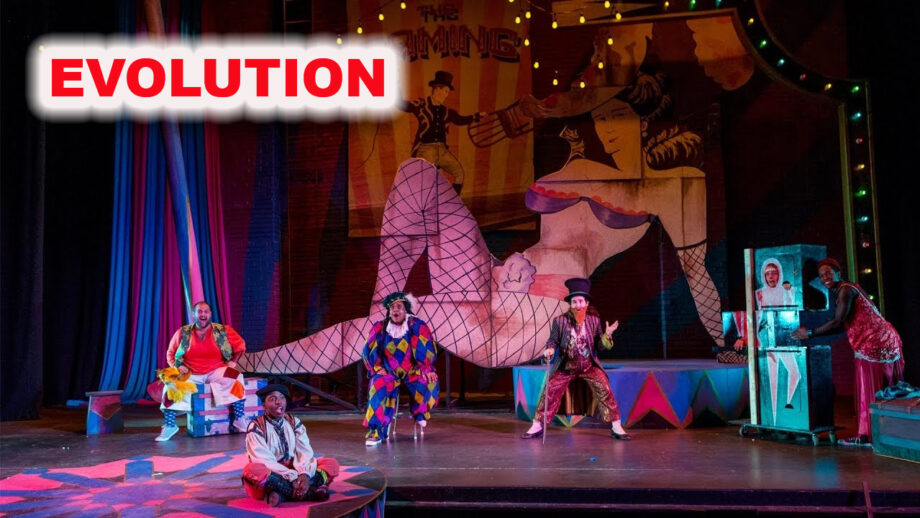The Sanskrit theatre was the first Indian theatre. Thereafter many regional theatres arose in the languages of the local region across the country with the aim of the revival of culture and tradition of that particular area.
Mahakavi Bhasa has been regarded as the first playwright of ancient Sanskrit literature. The writer composed over 13 plays that revolve around the story of Ramayana and the Mahabharata.
Sanskrit theatre plays during 15-century work performed on stage in various regional languages in states like Tamil, Kerala, Karnataka, Andhra Pradesh, Gujarat, and Uttar Pradesh.
In the beginning, theatres were the establishment as the medium for communication with the common masses and their entertainment.
The evolution of modern theatre in India can be contributed mainly to the Britishers but they make sure that theatre does not pave the way for rebel among masses. The Act of the Dramatic Performance was established in 1876 which focused the superiority of colonial rules in India.
Thereafter, Sanskrit theatre plays declined and ultimately forbidden. It was only after the ban of Sanskrit theatre that regional theatre begins to prosper around the nation which was based on secular history which is today known as regional history.
An example of the play which was secular and more connected to the tradition is Shakuntala by Kalidasa. This drama included various performing arts such as music, dance, and mime, etc.
Thereafter many performing arts came into existence success magic, Opera, drama, music concerts, dance performances, etc. Theatre art is primarily a combination of drama and performances of the characters played by various actors and actresses in front of live audiences. There is a skit or script that is delivered by the artist on stage who go through hours and days of practices before their final delivery on the stage. The play usually consists of a certain message, idea, emotions, and conclusion.
Drama
It is a form of performing art which is the combination of speech, gestures, music, dance, and sound. Association of drama with the ancient Indian history is not very difficult to trace as since ages various plays have been staged based on Indian culture and tradition.
Existence of Indian drama can be dated back to Vedic age during which classical theatre tradition was influenced mainly by Hindi, Marathi, and Bengali languages.
The Natyashastra, an ethnic Sanskrit text delivers the art of drama and its detail to the reader. It also includes principles of stage design, guidelines for music direction, makeup, costume, dance and a lot more. It has the theory of Raas and Bhavas.
Shakuntala, by Kalidas, is one of the best examples which is considered high even by the Britishers, during colonial times. The play was translated in English besides many regional languages.
Dance
Dance is the form of performing art which mainly consists of portraying emotions for conveying a story through body movements and hand gestures which could be the combination of lyrics and body movement or only music where the dancers perform and convey emotions with their expressions.
Music
Live music concerts by the artist are done in front of audiences where they play a different form of music like Shastriya Sangeet, classical music or other regional music. Today a lot more genre of music exists such as rock, hip hop and rap etc.
Music concert may be a combination of Raag and Sargam or only lyrics for the sangeet. Performing art with classical music has its root in the history of India and its origin can be dated back to the time when Natyashastra came into existence.
Since its evolution, Indian theatre has witnessed a variety of performing arts. Yet many art forms have progressed less than expected due to a shortage of finance to support them. With the increasing popularity of television, film industry and web or the internet, the success rate and the popularity of performing art have been gradually declining in Indian theatre. So it is very important to come forward and support a theatrical culture which helps us to understand our ancestors, their lifestyle and social condition.
Indian theatre needs preservation and support to preserve its legacy.


